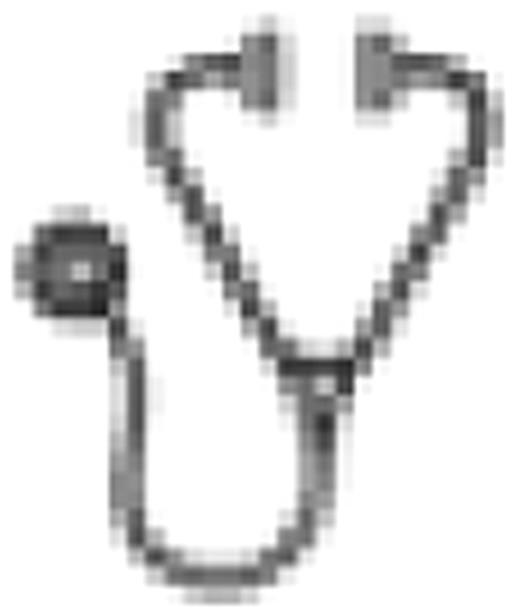Abstract
Abstract 2928
The recent development of a safe and efficient once daily oral iron chelator (Deferasirox, ExjadeÒ) made possible regular chelation therapy in transfusion dependent MDS patients. However in this category of patients the reported clinical experience is limited to selected populations. For this reason the GIMEMA group developed a phase IIIb prospective trial to test safety and efficacy of Deferasirox in a large population of patients comparable to general MDS population.
One hundred and fifty-nine transfusion dependent IPSS low-intermediate1 risk MDS patients were enrolled. Analysis has been performed on 123 patients who had completed the planned year of treatment. Baseline characteristics were the following (data are expressed as median with upper and lower quartile unless specifically indicated): median age was 72 years (range 24 – 87); 48 were IPSS low risk and 75 Intermediate1; duration of transfusion dependency before treatment was 20 months (12-36) corresponding to 38 (22-70) packed red blood cells transfusions received. Baseline serum ferritin was 2000 ng/ml (1471-3000). Baseline Charlson and CIRS comorbity scores were 1 (0-1) and 0.2 (0.1-0.4), respectively. Patients started treatment with the standard 20 mg/kg Deferasirox dose but dose adjustments on clinical indications were allowed.
61 patients (49%) prematurely interrupted the study (drop out), 62 (51%) patients completed the planned year of treatment. In logistic model for drop out rate high Charlson co-morbidity score showed a trend as significant risk factors (p=0.06).
Drops out were related to: ten patients (8%) had progression to acute leukemia during the study; twenty patients (16%) experienced MDS related clinical problem (three had cardiac failure, seven had severe infectious diseases, four had severe bleeding, three died at home, three presented others MDS related problems); five patients underwent hemopoietic stem cell transplantation and thirteen discontinued treatment for unrelated problems. Drug related toxicity was drop out cause in 13 patients (11% of the entire population). Main causes of toxicity related drops out were increase of creatinine and gastro-intestinal disturbance.
Out of 123 patients analyzed for adverse events only 4 (3%) presented grade 3–4 drug related adverse events. Severe adverse events with suspected relationship with study drug were diarrhea and increase of liver enzymes.
Serum ferritin was monthly recorded in the 62 patients who completed the protocol with a statistically significant decrement during the 12 months follow up: median baseline value 2000 ng/ml (interquartile range 1471–3000), median final value 1550 ng/ml (interquartile range 775–2200) P < 0.001, Friedman test analyzing the entire study period. Analysis of quality of life is ongoing. One patient showed a complete erythroid response to Deferasirox treatment acquiring transfusion independence that is still ongoing after 18 months.
Preliminary results from the GIMEMA MDS0306 study confirmed feasibility of Deferasirox therapy in transfusion dependent MDS patients. Drop out rate, toxicity related drop out and severe side effects were similar to those reported in other trials even if the present population presented clinical characteristics of more advanced disease and age. The rate of progression is coherent with prolonged disease story. Serum ferritin behavior confirms Deferasirox efficacy. The serum ferritin reduction was more evident in the more heavily overloaded population indicating successful iron depletion in this group of patients as clinically requested. ClinicalTrial.gov identifier NCT00469560.
Angelucci:Novartis: Honoraria. Saglio:Novartis: Consultancy, Honoraria; Bristol Myers Squibb: Consultancy, Honoraria.

This icon denotes an abstract that is clinically relevant.
Author notes
Asterisk with author names denotes non-ASH members.

